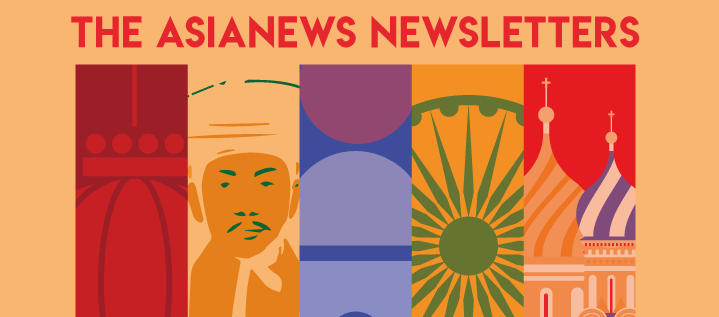Over two hundred IT experts discussed the prospects for artificial intelligence and technological entrepreneurship in the region. The ambition is not only to be users, but to develop local skills capable of competing in the innovation market.
According to data from the Kyrgyz Ministry of Labour, at the end of 2024 women accounted for 55% of the more than half a million Kyrgyz working abroad. But the Organisation for Migration denounces their greater exposure to job insecurity, violence and severe psychological pressure.
The trade agreements signed at the White House on rare earths and other sectors seem to focus more on US economic interests than on geopolitical balances. And even the Kremlin, which in the past had shown some impatience with these contacts, this time expressed great acquiescence.
New accusations against relatives of former Kazakh President Nursultan Nazarbayev raise the issue of the cult of personality surrounding local leaders. Azattyk Asia's analysis: “The sudden transformation of the fathers of the nation into figures to be forgotten reflects the very meaning of political loyalty in our region.” The cases of Tajikistan and Turkmenistan.
One of the consequences of rapid urbanisation is the proliferation of huge landfills in contexts where only a small percentage of waste is recycled. In Tajikistan alone, over 2 million tonnes of waste accumulate every year, occupying a total of over 300 hectares of land.
At the Dushanbe summit, discussions developed on the route that would directly connect Russia to India and Iran. Moscow is unable to offer Central Asia the large investments that China and Europe can, but it is trying to catch up in terms of transport and logistics infrastructure.












